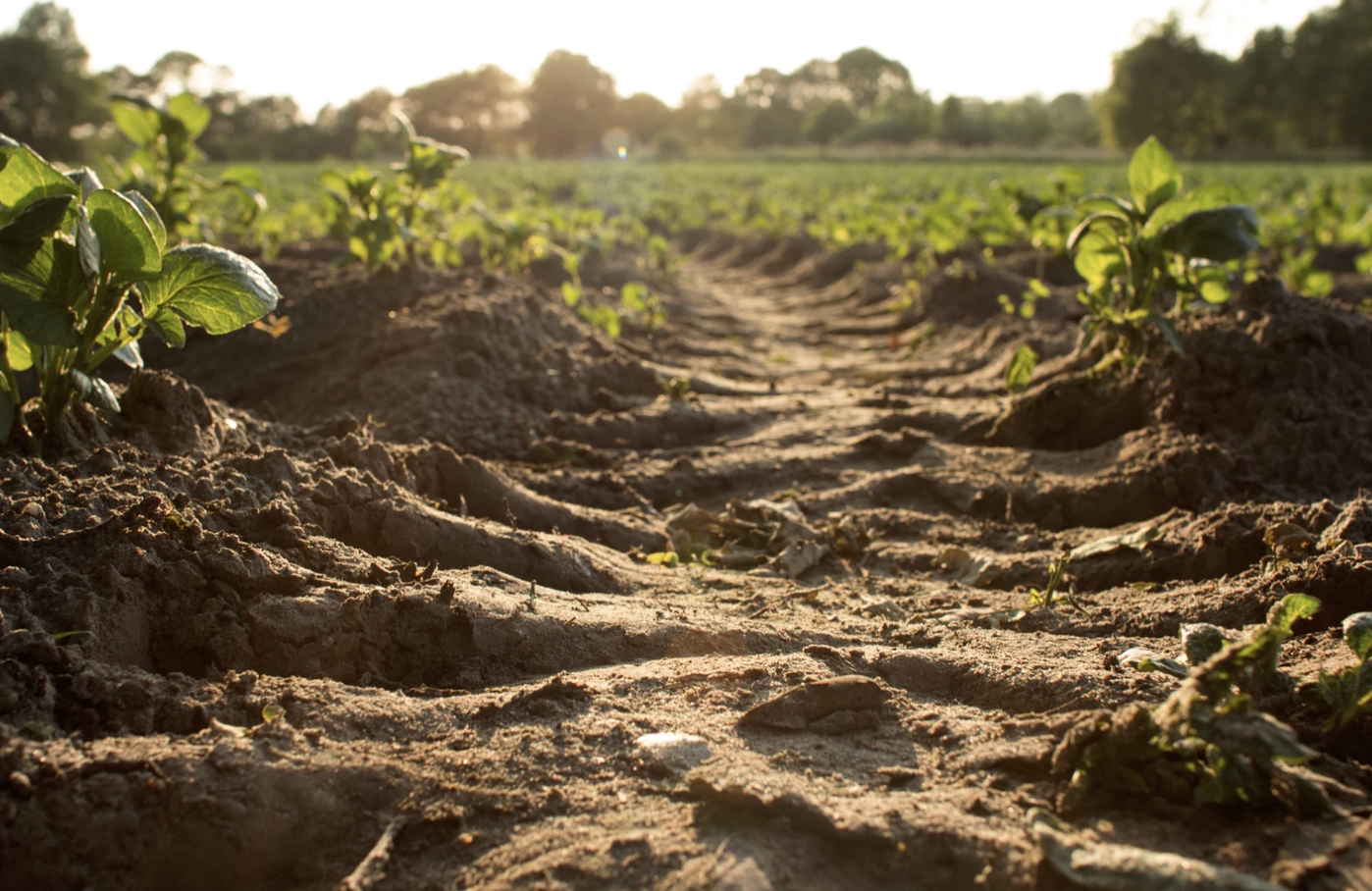
Features
Organic production
Production
Can soil microbes adapt to different climates and regions?
August 5, 2019 By Soil Science Society of America

From the equator to the arctic, life forms have adapted to their particular climate and regional conditions. In steamy sub-tropical estuaries, mangrove forests dominate the landscape. They bridge the salt- and fresh-water worlds. In northern Canada and Russia, the evergreen trees of the taiga forest endure incredibly cold winters and long periods of almost complete darkness. These differences are visible to us living on the earth’s surface. But what about the tiny life within the soil? Can the millions of microbes in a single teaspoonful of soil be as specialized as the trees they live beneath?
When we focus on the communities within the soil, we find that there are indeed big differences among microbes. These differences depend on whether the communities come from different latitudes or even different parts of a single state.
The case of rhizobia bacteria
One group of soil bacteria found to be regionally adaptable are rhizobia. Rhizobia are very important in natural and agricultural systems. This is because they form symbiotic relationships with specific plants called legumes, helping these plants to get the nutrients they need to survive. And what do the rhizobia get in return? A free home. Legumes house the microbes within their roots, forming lumpy structures known as nodules.
There’s more to this exchange than just housing, though. In the nodules, rhizobia take nitrogen from the surrounding air, and through their natural metabolism create compounds that the plants can use. This is called nitrogen fixation. For the full story, CLICK HERE.
Print this page